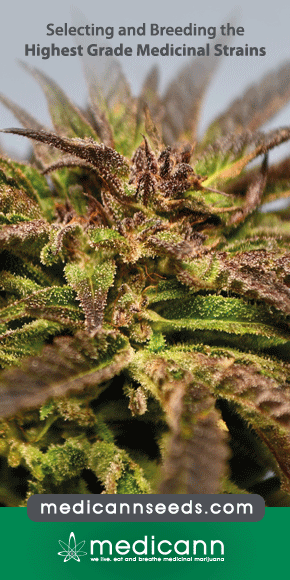Cannabis Use is Associated with Lower Odds of Prescription Opioid Analgesic Use Among HIV-Infected Individuals with Chronic Pain
We conducted a secondary data analysis of screening interviews conducted as part of a parent randomized trial of financial incentives to improve HIV outcomes among drug users. In a convenience sample of people with HIV and chronic pain, we collected self-report data on demographic characteristics. Our data suggest that new medical cannabis legislation might reduce the need for opioid analgesics for pain management, which could help to address adverse events associated with opioid analgesic use.


